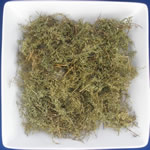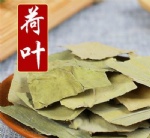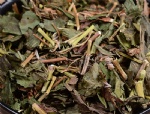
|
KWOK SHING HONG |
|
|||
Products CategoryContact Us
Add: China |
FOLIUM MAHONIAE
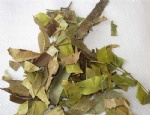
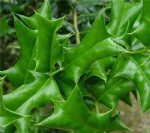
Product name : FOLIUM MAHONIAE Item : GMP Details :Gonggongye is a kind of traditional Chinese medicine. It is the leaf of the holly plant Lycium chinensis. Anise thorns, ram horn thorns, and mice are afraid. Gonggong leaves are bitter in nature and flavor; cool. Return through liver; Kidney channel. It has the effects of clearing deficiency and heat, benefiting liver and kidney, and dispelling rheumatism. It is mainly used for yin deficiency, fatigue and heat, cough and hemoptysis, dizziness, soreness of the waist and knees, rheumatic arthralgia, vitiligo, etc. It can be taken orally as a decoction, 9-15g, or it can be used externally as an appropriate amount, pounded into juice or boiled for application. However, it should be used with caution in patients with spleen and stomach deficiency and deficiency of kidney yang. Chen Zangqi said: the wood muscle is white like bone, so it is the bone of wolfberry. Its leaves are curly, with thorns at the sharp corners, shaped like animal claws, so it has the names of cat thorn, wolfberry thorn, and tiger thorn. The leaves often have star anise, so there are names such as star anise tea and star anise thorn. This product is used as a medicine and it was first seen in "Supplements to Materia Medica". Gonggongye is the abbreviation of the top ten meritorious leaves. The earliest materia medica literature mentioning the names of the top ten contributions should be "Ben Jing Feng Yuan", followed by "Compendium Supplements". The former uses the ten major contributions as the common name of the wolfberry bone, while the latter said when discussing the horn thorn tea: the horn thorn tea comes from Huizhou. When the natives picked tea in February and March, they also picked the top ten leaves of meritorious service, commonly known as mouse thorn, and the leaves are called Kuding. Although there is no record of the plant form of mouse thorn, it shows that the ten major merit leaves and Kudingcha are from the same plant. The Kudingcha widely used in the region is mostly the processed product of the tender leaves of Chinese wolfberry. Discussions of each: 1. "Materia Medica Tujing": Lycium chinensis grows mostly in Jiangsu and Zhejiang, and the wood body is white like bones, so it is named. It is very good for the southerners to use the spinner as a synthesizer. "Poetry Xiaoya" says: Nanshan has wolfberry. Lu Jiyun: Mountain trees are shaped like cotinus. A wolf bone. This is also the case for Libai who can be a letter board. 2. "Compendium": Chinese wolfberry tree is like privet, with very white texture. The leaves are two or three inches long, green and thick, with five thorns and horns, and never wither in all seasons. Fine white flowers bloom in May. Firm like privet and sarsaparilla, crimson when ripe in September, with thin skin and sweet taste, with four petals in the core. People pick its wood bark to boil ointment to stick to birds, which is called sticky (heli). 3. "Book of Materia Medica": Discuss the contribution of leaves to eliminate phlegm fire, clear heat and cool blood. Miao Xiyong: The secret recipe is to take its leaves and boil it to cure phlegm fire. Covering phlegm fire is not caused by fire inflammation due to yin deficiency, which flickers on the lungs and burns body fluid. This medicine directly enters the Foot-Shaoyin Meridian, nourishes Yin Qi, and then the phlegm fire will disappear by itself, as if the bottom of a cauldron is drawn from the bottom of a pot. It can also dissipate wind, poison and malignant sores. In the past, there was an old prostitute who had suffered from bayberry poisoning for 30 years. Some Taoists taught him to take this medicine alone, and his sores healed and his color turned less, all because of its ability to clear away heat and cool blood. Barcode: GMP Ingredients: gong leaves Specifications: 16oz (454g) Efficacy: clearing deficiency and heat; benefiting liver and kidney; dispelling rheumatism. Deficiency of yin and labor heat; cough and hemoptysis; dizziness; soreness of the waist and knees; rheumatic arthralgia; vitiligo. Send Inquiry : |
Home
|
About Us
|
Products
|
News
|
Feedback
|
Contact Us
|
SiteMap
Copyright © 2025 KWOK SHING HONG All Rights Reserved
Copyright © 2025 KWOK SHING HONG All Rights Reserved






 KWOK SHING HONG
KWOK SHING HONG  LEAF
LEAF 
